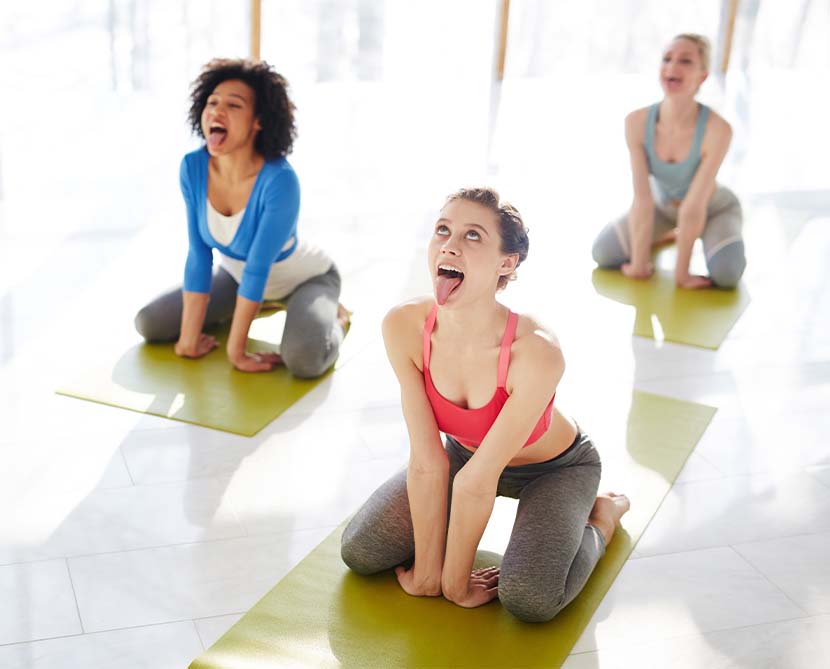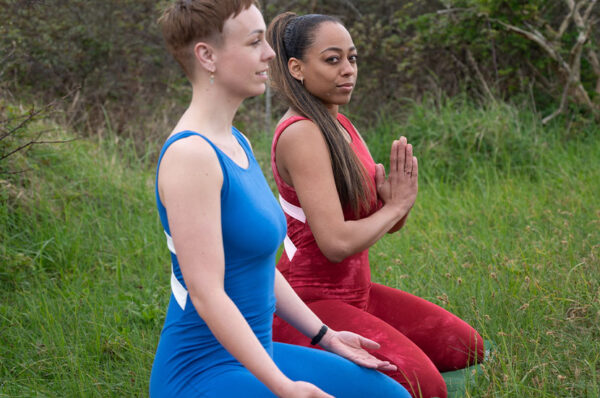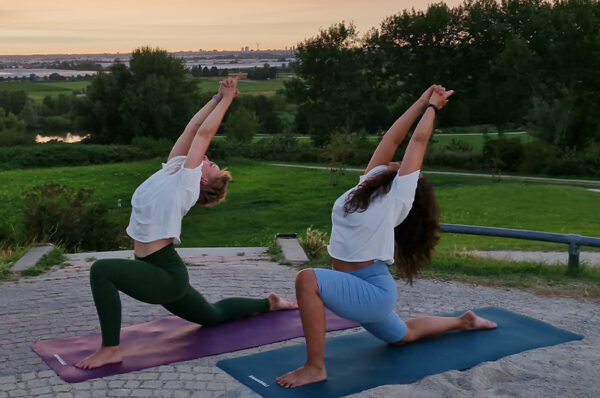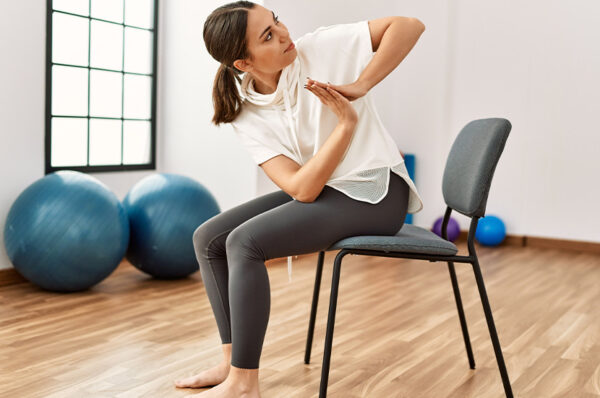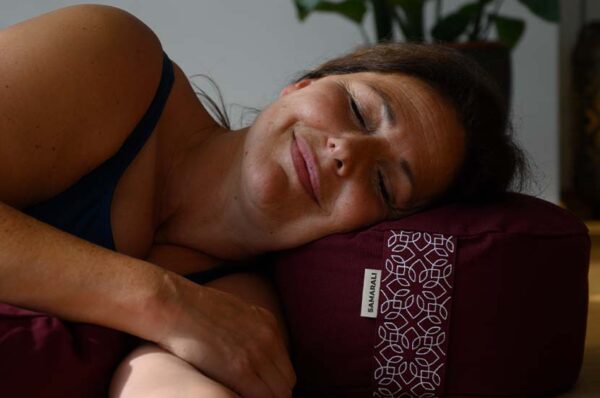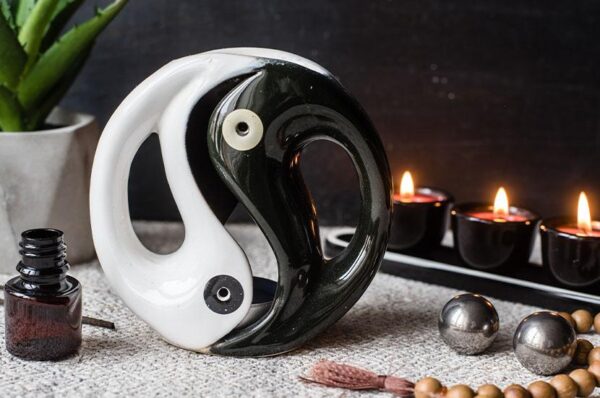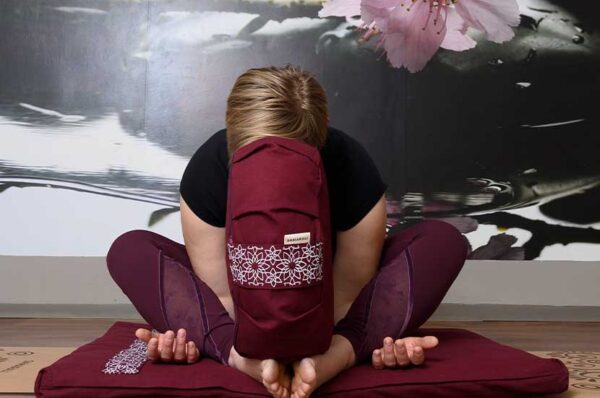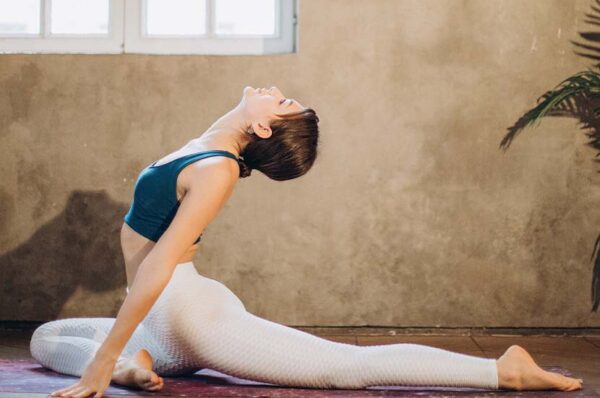You have probably already heard about breathing exercises and how incredibly important they are for yoga.
But if you are a complete rookie in the whole area of mindful practices, you probably dwell on the correct interpretation of the term.
Today, we will shed some light on the topic of yoga breathing techniques. Moreover, we will explain what they are and talk about the link and importance that ties them to this ancient practice.
Yoga breathing techniques – an overview
Breathing is a key element in yoga. Also known as pranayamas, the breathing techniques in yoga refer to the conscious and controlled inhaling and exhaling practitioners do.
The pattern has to match the rhythm of yoga postures, allowing you to achieve their desired effect. In addition, you can practice some breathing techniques even without moving.
Pranayama is one of the basic philosophies that this ancient practice relies on. In Sanskrit, ‘Prana’ stands for ‘life force’, and ‘ayama’ means ‘stretching’.
It is believed that your breath contains your body’s life force. By focusing on improving it, you should experience a major improvement in your health and well-being.

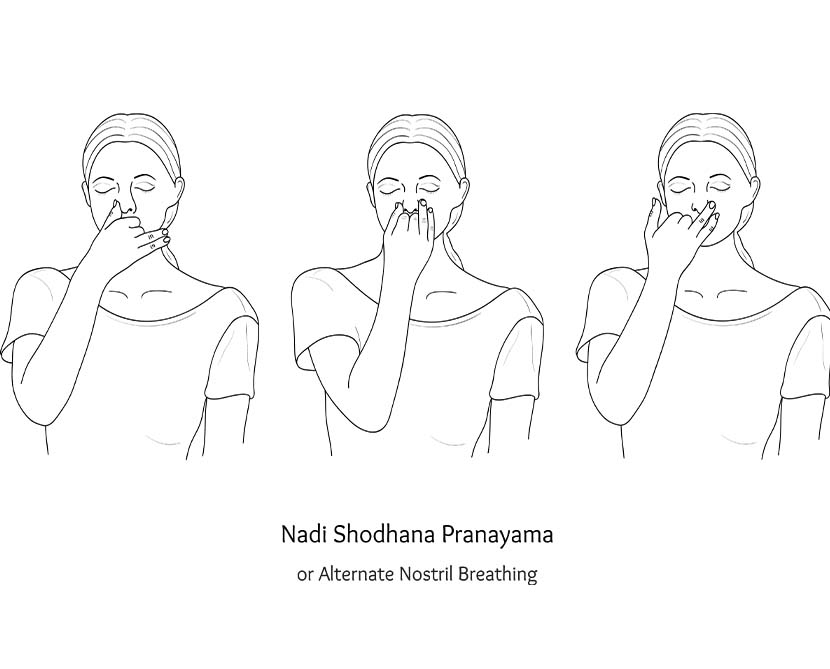
We can define yogic breathing as the process of establishing a controlled breathing pattern. As we already mentioned, this is an essential thing, and it is something the overall practice relies upon.
In fact, the ancient yoga breathing techniques include working with your mind, body, and breath to relax your mind and achieve a state of deeper calmness.
Combining breathwork and certain physical postures helps yogis calm their minds and enter a tranquil state.
The importance of yoga breathing techniques
Breathwork is very important for the practice of yoga, and here we are going to take a deeper look as to why it is that:
The link between breathwork and life’s length
It is believed that yoga breathing techniques can lengthen your lifespan and improve your overall life quality. The speed at which you inhale and exhale can impact how long you will live.
For example, experienced yogis believe that if you breathe 15 times per minute, you will live up to 80 years. And if you learn to breathe slowly and around 10 times in a minute, then you might actually live to 100 years of age.
This implies that if you breathe faster, your lifespan will be shorter.
Have control over your breathing pattern
Changing the frequency of your breathing allows you to enter different mind states. Practicing slow, calming yoga breathing techniques impacts your cerebral cortex.
Consequently, it sends signals to the part of your hypothalamus in charge of your emotions, which relaxes the area.
This clearly explains the connection between slowing down your breath and the immediate soothing sensation you feel.
Conscious breathing
As we said, yogic breathing is all about breathing consciously. This helps you connect with your inner energy and allows you to navigate through different levels of your consciousness.
In addition, controlled breathing techniques in yoga significantly affect your physical, mental, and emotional state.
Be present
Another aspect of breathwork is allowing you to be present at the moment. Once you gain full control over your breath, you are capable of letting go of all the unnecessary thoughts.
This means you won’t longer worry about past situations and future uncertainties. All this is important is that you entirely focus on the moment and experience it.
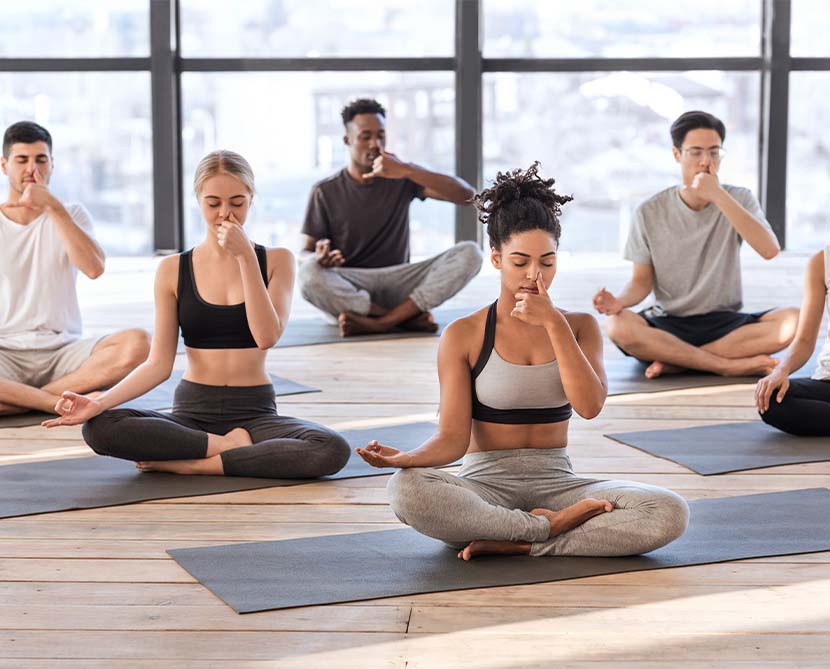

Yoga breathing techniques
There are many different methods to practicing breathwork, and today we are going to focus on the basic yoga breathing techniques.
Although you can try these at home, it is always better if you receive guidance from a qualified instructor.
Three-part breath (Dirga Pranayama)
Also known as full yogic breathing, you will have to use your nose, chest, and belly to fully inhale and exhale. You can start by sitting with your legs crossed on the floor (or upright in a chair).
Close your eyes and take a third-deep breath deep into your diaphragm while expanding your belly. Breathe in the following third into your rib cage and the last into your upper chest. Release the air through your nose in reverse order and repeat ten times.
Alternate nostril breathing (Nadi Shodhana)
This is one of the beginner yoga breathing techniques that can bring you a piece of mind.
To begin, place your thumb on your right nostril and breathe in through the left. Then, release the thumb and gently close the left nostril with your index finger, breathing out from the right.
Switch the pattern by inhaling from the right and exhaling from the left nostril. Do this around ten times to experience the calming effect.
Lion’s breath (Simhasana)
Lion’s breath is one of the breathing techniques in yoga that can help you relieve the excess pressure and tension you are feeling.
Begin by either kneeling, sitting cross-legged on the floor, or sitting comfortably in a chair. Place both hands on your knees and inhale through your nose before exhaling through the mouth.
You must exhale strongly and stick out your tongue while making a “haaa” sound. At the same time, focus on the space between your eyebrows or stare at the tip of your nose. Repeat this a couple of times.
4-7-8 technique
4-7-8 yoga breathing technique is a popular method that will relax you. It is quite simple to do if you follow the instructions.
Sit with your mouth closed – inhale to a count of four. Hold your breath for a count of seven and then exhale through your mount for a count of eight.
It is important that while exhaling, you are making a whoosh sound. Repeat a few times to experience the relaxing effect.
As you can see, yoga breathing techniques are a very powerful yoga asset. Proper practice will allow you to reap their many benefits and even improve your yoga routine.
If you feel ready to try or improve your yogi experience, ensure you are well prepared for it. Have a look at our products on our website!
